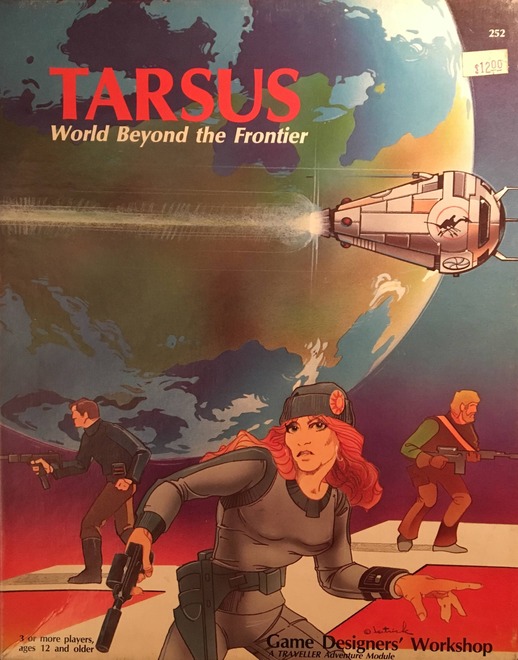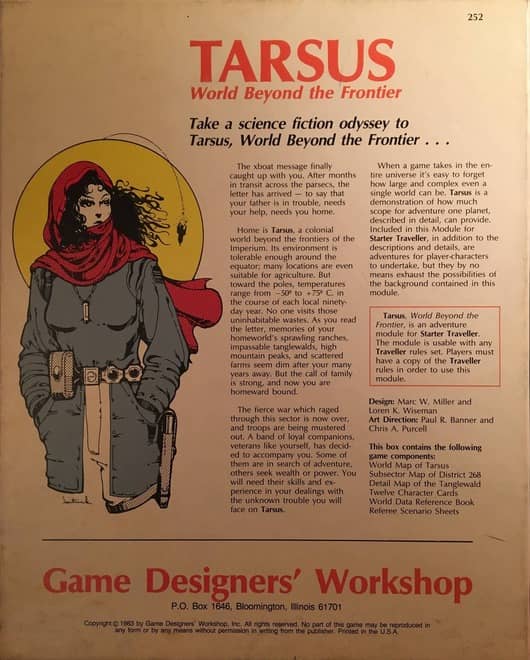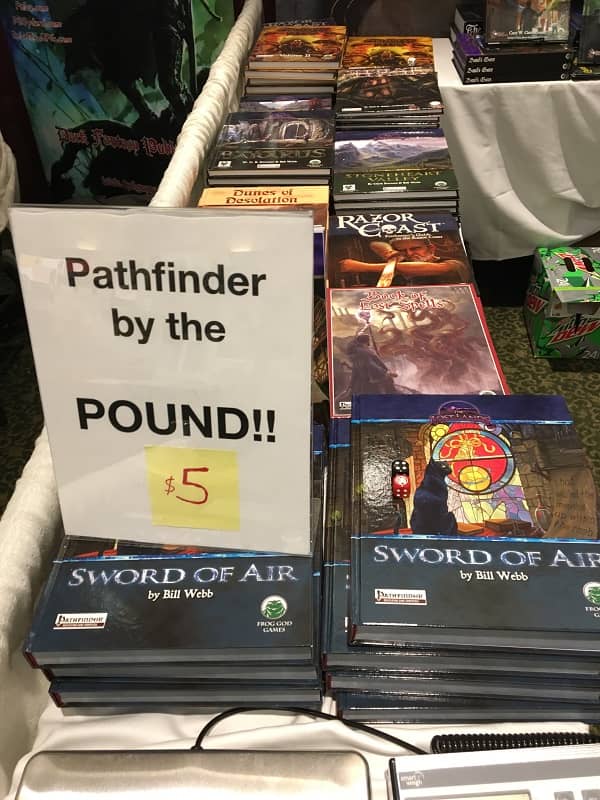Origins Game Fair: Origins Awards
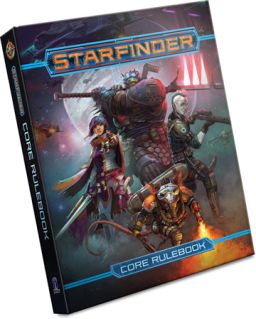 Last week and weekend, gamers descended upon the city of Columbus, OH, for Origins Game Fair. Running from June 13 to 17 – Wednesday through Sunday – the event is five solid days focused on playing some of the best games out there. And this year was my first time attending.
Last week and weekend, gamers descended upon the city of Columbus, OH, for Origins Game Fair. Running from June 13 to 17 – Wednesday through Sunday – the event is five solid days focused on playing some of the best games out there. And this year was my first time attending.
I have pretty extensive experience with smaller literary conventions, and I’ve gone to GenCon every year for about a decade at this point, so Origins felt pretty familiar to me. It filled the Columbus Convention Center, but had a smaller and less commercial feel than GenCon, on some level. There is more emphasis on playing games than on big marketing pushes, new releases, or even really game sales. The exhibit hall is a fraction the size of that at GenCon, and many major publishers don’t even have a sales presence at the convention.
My son turned 13 on Friday and the trip to Origins was part of his birthday present. Turns out that he wanted to spend all day on Saturday playing through three Starfinder sessions … which I suppose explains why the game won the Fan Favorite Best Roleplaying Game category in the Origins Awards.
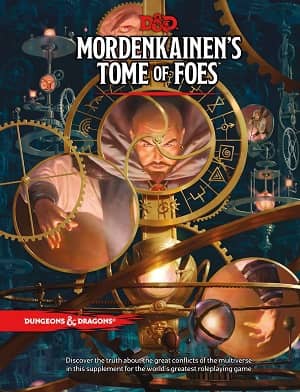
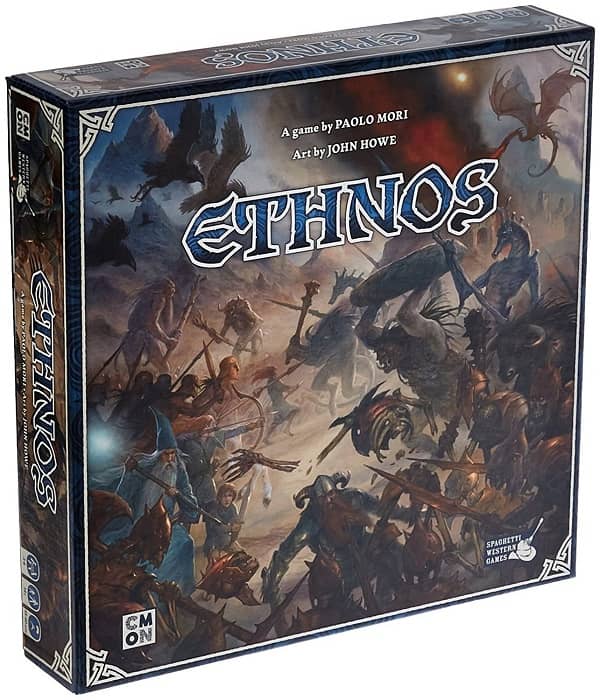
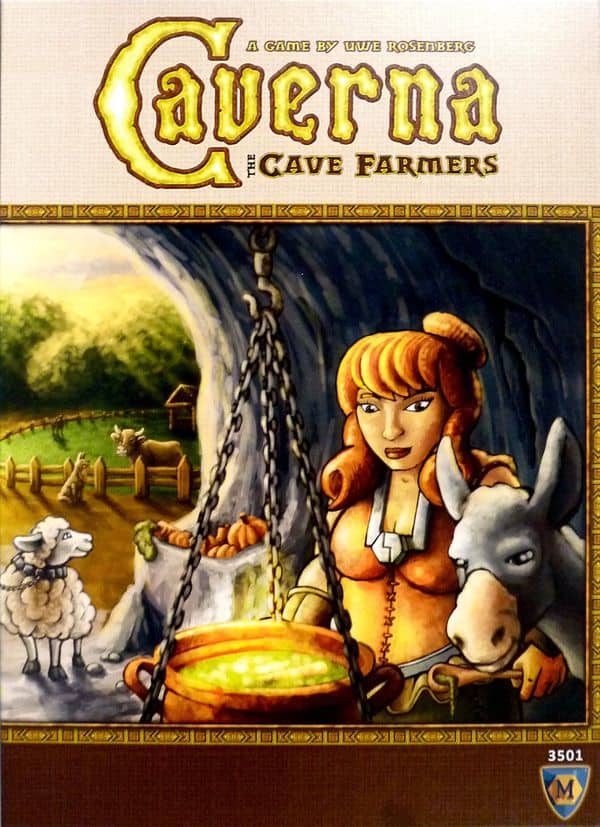

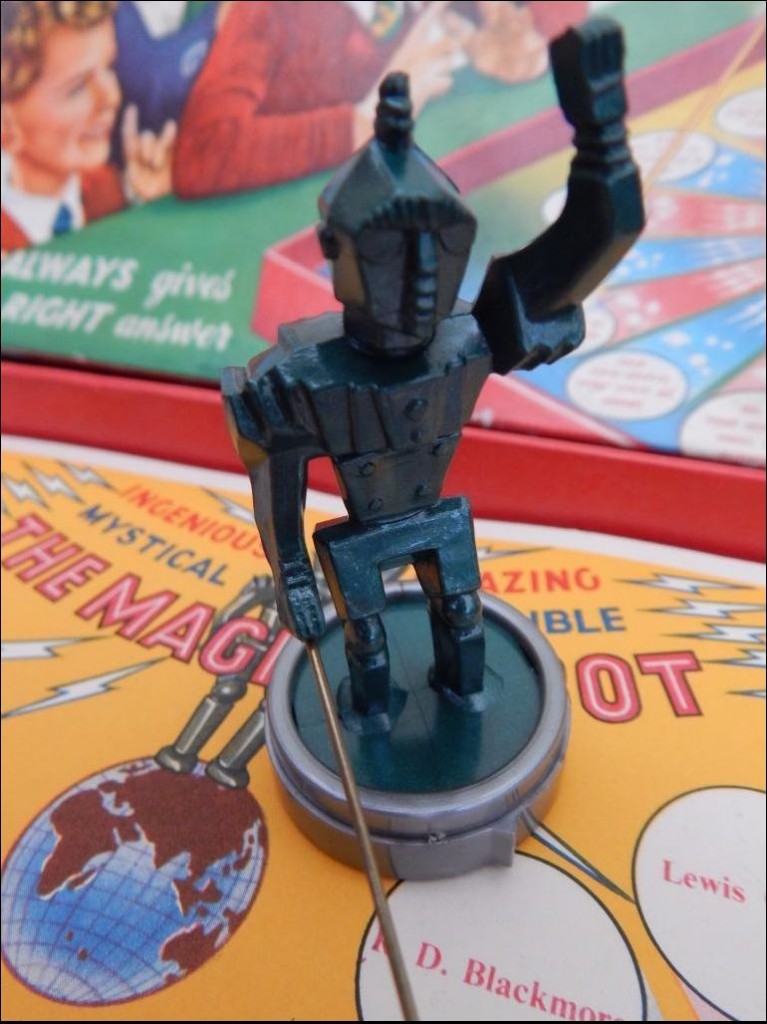
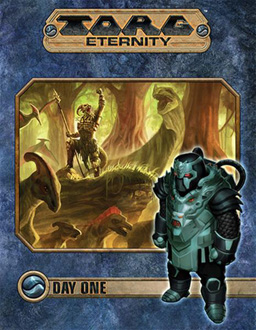 Last Sunday I ran my first session of Torg Eternity, meaning I can now finish my review of the game by discussing how the rules worked in practice (the first part is
Last Sunday I ran my first session of Torg Eternity, meaning I can now finish my review of the game by discussing how the rules worked in practice (the first part is 